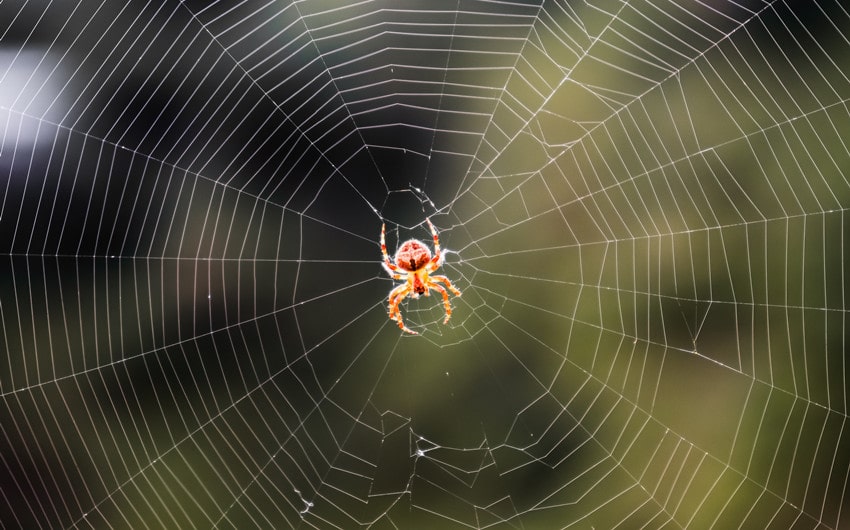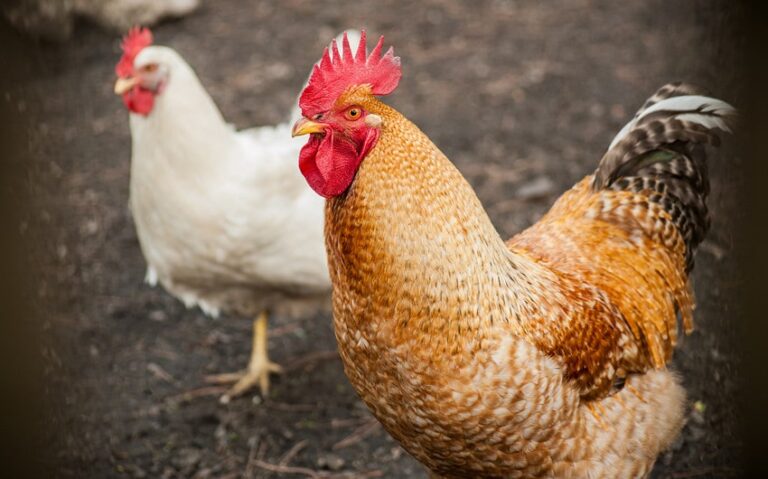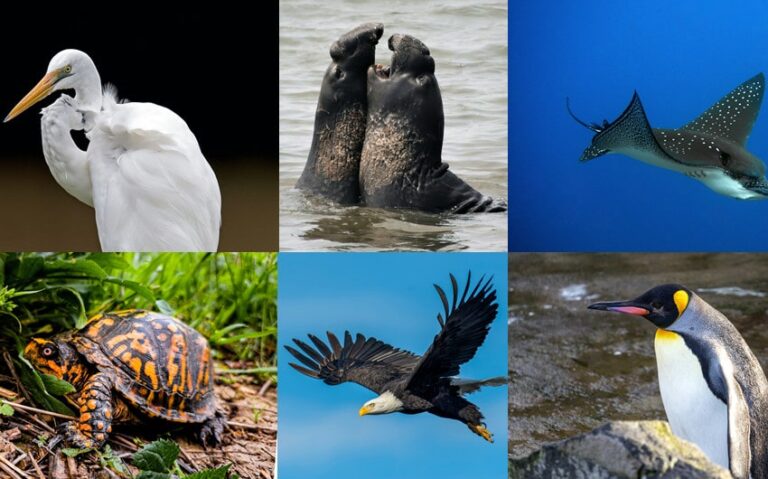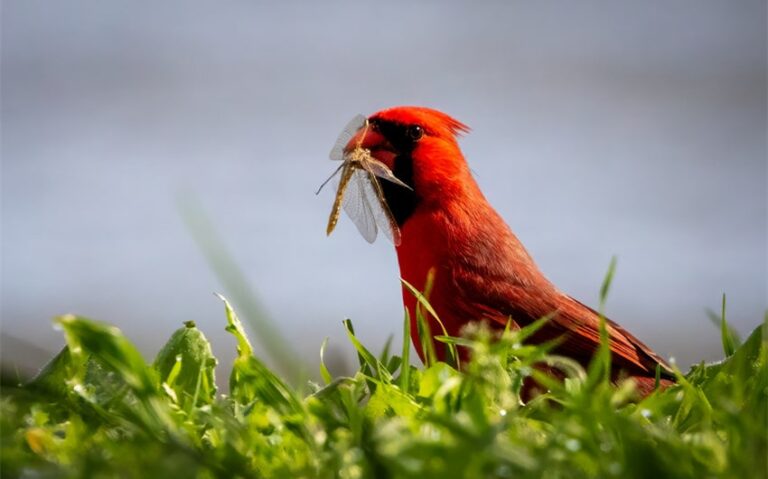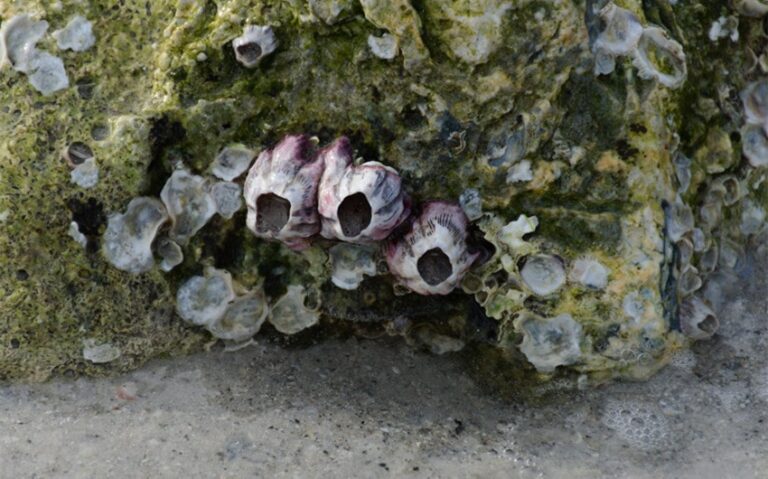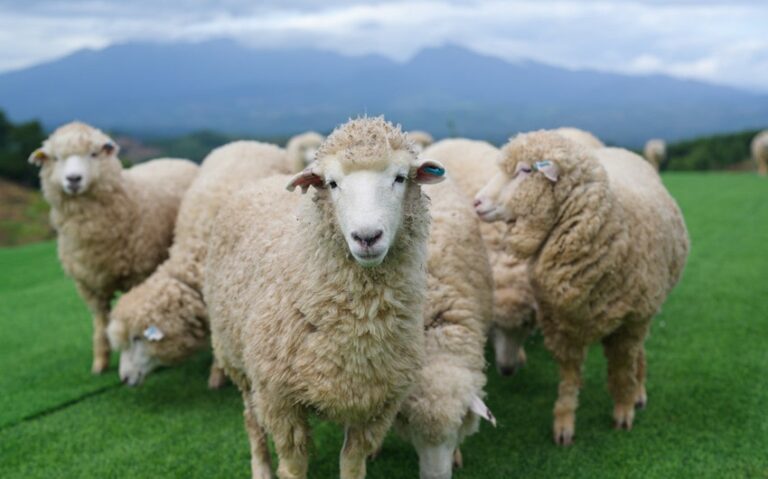How Many Legs Do Spiders Have? Unveiling the Fun Facts
Spiders are some of the most fascinating and widely recognized creatures in the animal kingdom, often sparking curiosity and sometimes fear. One common question that comes up when people encounter these eight-legged arachnids is, “How many legs do spiders have?”
It’s a natural curiosity, especially given how their legs play a crucial role in everything they do, from hunting to building webs. In this article, we’ll explore the answer to this question and dive into the unique anatomy that makes spiders such effective and intriguing creatures.
Overview of Spider Anatomy

Spiders belong to the class Arachnida, which distinguishes them from insects and other arthropods. Unlike insects, which have three main body segments, spiders have two primary body parts: the cephalothorax (also known as the prosoma) and the abdomen (also known as the opisthosoma).
Cephalothorax (Prosoma)
The cephalothorax is the front part of a spider’s body, where the head and thorax are fused into a single structure. This segment houses the spider’s brain, eyes, mouthparts (including the fangs or chelicerae), and the legs. The cephalothorax is covered by a hard exoskeleton that provides protection and support.
Spiders typically have multiple simple eyes, usually arranged in specific patterns that help with their vision, though the extent of their eyesight varies widely among species. The cephalothorax also contains the spider’s central nervous system, which coordinates their movements and behaviors.
Abdomen (Opisthosoma)
The abdomen is the larger, more flexible part of the spider’s body, connected to the cephalothorax by a narrow waist called the pedicel. The abdomen contains the spider’s vital organs, including the digestive system, reproductive organs, and the silk-producing glands known as spinnerets.
The spinnerets are located at the rear of the abdomen and are responsible for producing the silk that spiders use to build webs, create egg sacs, and perform other essential functions. The abdomen is often more rounded or oval-shaped and can vary in size and appearance depending on the species.
Exoskeleton
Spiders, like all arthropods, have an exoskeleton—a rigid outer shell that provides structural support and protection. The exoskeleton is made of chitin, a strong, flexible material that helps the spider maintain its shape and protect its internal organs. As spiders grow, they must shed their exoskeleton in a process called molting, which allows them to increase in size and replace worn or damaged exoskeleton components.
How Many Legs Do Spiders Have?
The question of how many legs spiders have is a common one, often sparking curiosity and interest in these fascinating creatures. The answer is straightforward: spiders have eight legs. This characteristic is a defining feature of spiders, distinguishing them from many other types of arthropods, such as insects, which have six legs.
The Number of Legs
Spiders belong to the class Arachnida, a group of joint-legged invertebrates that also includes scorpions, ticks, and mites. One of the most distinguishing features of arachnids is their eight-legged structure. This trait is consistent across all spider species, making it a fundamental aspect of their anatomy.
The eight-legged structure of spiders is not just a random characteristic; it plays a crucial role in their survival and efficiency as predators. Each leg is equipped with specialized adaptations that enhance the spider’s ability to hunt, move, and interact with its environment. The eight legs are evenly distributed on the cephalothorax, providing the spider with balance, stability, and the ability to maneuver quickly and precisely.
The Functionality of Spider Legs
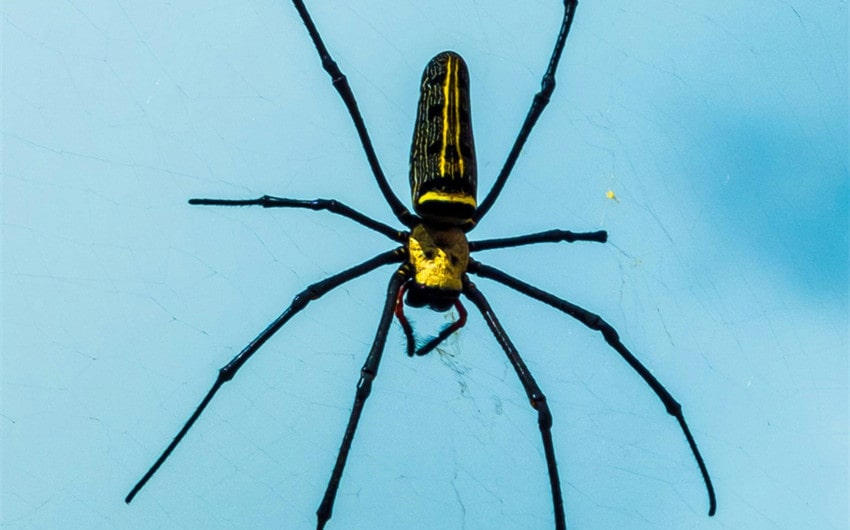
Spider legs are multifunctional tools crucial to a spider’s survival, playing a vital role in movement, sensory perception, hunting, and web-building. Each of the eight legs is highly specialized, contributing to the spider’s ability to thrive in various environments.
A. Movement and Locomotion
Spider legs are expertly designed for movement, allowing spiders to navigate diverse terrains with agility and precision. The legs are composed of seven segments, connected by joints that provide flexibility. Spiders use a combination of hydraulic pressure and muscular action to extend and flex their legs, enabling rapid, powerful movements.
Depending on the species, spiders may walk, run, jump, or climb. Ground-dwelling spiders, like wolf spiders, are built for speed and agility, while jumping spiders have powerful hind legs for leaping. Arboreal spiders, such as orb-weavers, have legs adapted for climbing and maneuvering on vertical surfaces.
B. Sensory Capabilities
Spider legs are also sophisticated sensory organs. Each leg is covered in thousands of tiny hairs called setae, which detect touch, vibrations, and chemical signals. These sensory inputs help spiders navigate their environment, locate prey, and avoid predators.
Vibrations, in particular, are crucial for web-building spiders, who rely on their legs to sense the struggles of trapped prey. Additionally, spider legs can detect pheromones and other chemical cues, playing an essential role in mating and food selection.
C. Hunting and Web Building
In hunting, spider legs are indispensable. For active hunters like wolf spiders and jumping spiders, strong, agile legs enable them to chase down or ambush prey. These spiders use their legs to strike, capture, and subdue their victims. In web-building species, legs are vital for constructing and maintaining webs.
The spider uses its legs to pull and anchor silk threads, ensuring the web’s structure is functional and durable. Once a prey item is caught, the spider’s legs help immobilize it for feeding. In some species, legs also play roles in reproduction, such as wrapping eggs in silk or performing courtship displays.
Variations Among Different Spider Species
While all spiders share the common feature of having eight legs, the structure, function, and appearance of these legs can vary significantly among different species. These variations are adaptations that have evolved to meet the specific needs and ecological niches of each spider species. Below, we explore the key differences in leg structure, function, and specialization across various types of spiders.
A. Adaptations in Leg Structure
The structure of spider legs can vary widely depending on the species and their ecological requirements. Some spiders have evolved long, slender legs, while others have shorter, more robust legs designed for strength and power.
Long-Legged Spiders
Species like the daddy longlegs spider (Pholcidae family) are known for their extremely long, thin legs. These spiders use their lengthy legs to navigate through narrow spaces and complex environments, such as the tight corners of homes or dense vegetation.
Their long legs also help them sense vibrations over greater distances, which is crucial for detecting prey and avoiding predators. These spiders often hang upside down in their webs, using their long legs to maintain balance and monitor their surroundings.
Short-Legged Spiders
In contrast, spiders like the trapdoor spider (Ctenizidae family) have shorter, more muscular legs. These legs are built for power rather than speed, allowing the spider to dig and construct burrows or trapdoors. The strong, short legs give the trapdoor spider the ability to spring out of its burrow with great force, capturing unsuspecting prey that wanders too close.
Thick and Sturdy Legs
Some spiders, such as the tarantulas (Theraphosidae family), have thick, robust legs covered in hair. These legs are not only strong but also serve multiple functions. The hairs, called setae, are sensitive to touch and vibrations, helping the tarantula detect prey and navigate its environment.
In some species, the leg hairs can be used defensively, as tarantulas may kick off the hairs to irritate potential predators. The sturdy legs also support the tarantula’s large body, enabling it to move across various terrains, including loose soil and rocky surfaces.
B. Specialized Leg Functions
In addition to structural differences, the legs of some spider species have evolved to perform specialized functions beyond movement and basic sensory detection. These specialized adaptations enhance the spider’s ability to hunt, mate, and survive in their specific environments.
Legs Adapted for Mating
Male spiders often have specialized structures on their legs used during courtship and mating. For instance, some male orb-weaving spiders (Araneidae family) have enlarged, modified legs that they use to grasp the female during mating.
These adaptations help the male maintain a secure hold on the female while avoiding being mistaken for prey. In some species, males may also use their legs to produce vibrations or display movements to attract a mate, a behavior known as “leg-waving.”
Legs for Carrying Egg Sacs
Certain species of spiders have legs adapted to carry their egg sacs. For example, wolf spiders (Lycosidae family) are known for carrying their egg sacs attached to their spinnerets, but they also use their legs to help secure and protect the eggs. The mother spider may use her legs to adjust the position of the egg sac or to clean it, ensuring the eggs remain safe from predators and environmental hazards.
Legs for Web-Building and Prey Capture
Web-building spiders have evolved legs that are highly specialized for the construction and maintenance of their webs. Orb-weaving spiders, for instance, use their legs to meticulously spin intricate webs, with each leg playing a specific role in the process.
The front legs guide the silk threads, while the hind legs help manage the spinnerets and anchor the web’s structure. Some spiders, like the Bolas spider (Mastophora species), have taken web-building to an extreme by adapting their legs to swing a single strand of silk with a sticky “bolas” at the end to capture prey, mimicking the action of a lasso.
Legs for Defensive Purposes
Some spider species have developed defensive adaptations in their legs. For instance, the aforementioned tarantulas can use their legs to kick off urticating hairs—barbed, irritating hairs—at potential threats. Similarly, certain spiders, like the crab spiders (Thomisidae family), use their powerful front legs to defend themselves by grasping or pinching when threatened.
C. Environmental and Behavioral Influences on Leg Adaptations
The environment and behavior of different spider species also influence the adaptations seen in their legs. For example, spiders that live in aquatic environments, like the water spider (Argyroneta aquatica), have legs adapted for swimming and trapping air bubbles to breathe underwater. Their legs are covered in fine hairs that trap air, allowing them to carry a supply of oxygen as they dive.
Similarly, desert-dwelling spiders, such as the sand spider (Sicarius species), have legs adapted to move easily across loose sand and even to bury themselves to avoid the harsh desert heat. The legs of these spiders are often longer and more spread out, which helps distribute their weight and prevents them from sinking into the sand.

